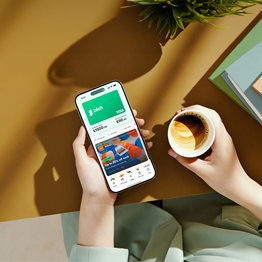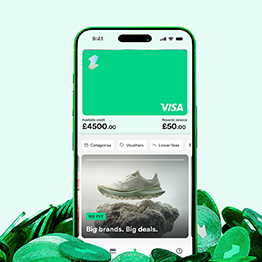Why tracking your spending matters
Tracking your spending is like flicking on a light – suddenly, things make sense. You see where your money’s going, spot patterns, and catch those sneaky costs you didn’t realise were creeping in.
Maybe nights out or subscriptions are adding up. Maybe your food shop’s quietly doubled. Once you’ve got the full picture, it’s easier to see what’s worth it, what’s not, and where you could cut back. It also makes budgeting way simpler – no guesswork, just clear numbers and smarter choices.
Simple ways to track your spending
Spreadsheets
If you like a hands-on approach, spreadsheets are great. You can customise everything and dig into the detail.
Top tips:
- Start simple. Just track the basics: date, category, what it was and how much.
- Use what you know. Whether it’s Excel or Google Sheets, go with the tool you’re most comfortable using.
- Make it easy to read. Use colours and clear formatting so you can glance and go.
- Don’t overthink it. Perfect isn’t the goal – consistency is.
Budgeting apps
Prefer something a bit more plug-and-play? Budgeting apps connect to your bank and do the hard work for you – they categorise stuff, show you insights and keep everything up to date in real time.
Apps we rate:
- Emma – Links your accounts, spots subscriptions, and gives spending insights.
- PocketGuard – Helps you plan debt payoff and set smart goals.
- YNAB (You Need A Budget) – Gives every pound a purpose and helps you stay proactive.
Bank and credit card statements
They’re not high-tech, but your statements are packed with useful info. Just download them and go through each transaction – it’s a great monthly habit.
How to do it:
- Grab your latest statements online
- Categorise each transaction (pro tip: use a spreadsheet or notebook)
- Look for recurring charges or spending spikes
- Do this monthly to stay on top of things
Making sense of your spending
Categorise your outgoings
To really understand your habits, group your spending. Keep it simple:
- Essentials – rent, bills, groceries, transport
- Discretionary – takeaways, shopping, Netflix
- Savings – anything set aside for future you
Stick with the same categories across your methods so you can spot trends easily.
Spot trends and patterns
Once your spending’s sorted into categories, look for any surprises. Do weekends mean higher food spends? Is online shopping creeping up? Knowing your habits is the first step to tweaking them.
Crunch the numbers
Want to go deeper? A few simple metrics can show how healthy your money habits really are:
- Spending ratios – work out what percentage of your income goes on stuff like rent or entertainment.
- Savings rate – see how much you’re putting away each month.
Make it visual
Charts are your friend. Pie charts show how your spending breaks down and line graphs can track changes over time. Most budgeting apps or spreadsheets can help with this – it’s a quick way to see what’s going on at a glance.
Ready to tweak your spending?
Once you’ve got the data, it’s decision time. Are you spending more than you’d like on takeaways? Could you switch to cheaper alternatives? Set a few limits that feel realistic and give them a go.The goal here isn’t perfection. It’s about making your money go where you want it to – and feeling good about it.





